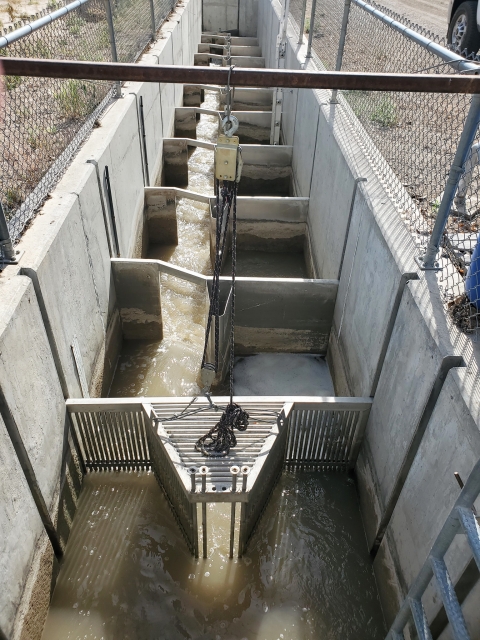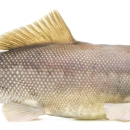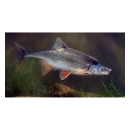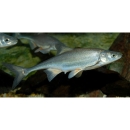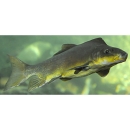Habitat studies have focused on the effects of various flow regimes on habitat suitability. Availability of preferred mesohabitats (pools, eddies, backwaters, etc.) vary depending on flow stage. Additionally, such habitats are generally formed during large spring-flow events. The quality of the substrata (river bottom sediments) that produce algae and benthic invertebrates, the base of the food chain, are affected by flows.
Seasonal water temperatures that affect feeding rates and timing of spawning are also affected by flows and river regulation. Hence, assessing the suitability of the environment for the endangered fishes requires linking our knowledge of their biological requirements with our understanding of how flows affect the quality of their physical habitat. Equally important is understanding how the endangered fish interact with other members of the biological community, i.e., the foods they feed on and the predators that feed on them. Hence, research is a critical prerequisite to devising effective management actions.

